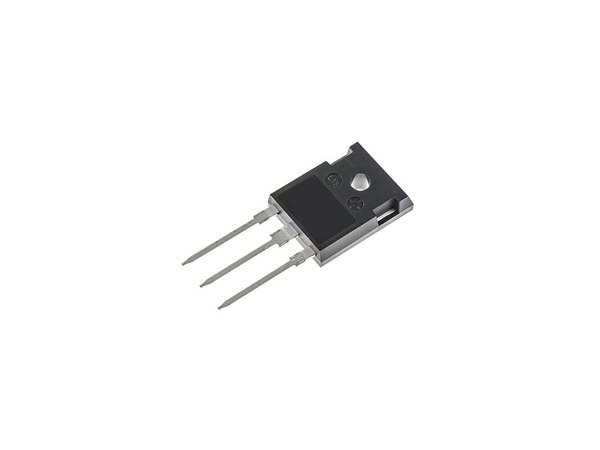HI, good afternoon everyone, I am Andy from TOPCHIP ELECTRONICS. Today we will talk about the types of transistors and common detection methods.
Transistor is a common electronic component widely used in various electronic equipment. Understanding the types of transistors and how to detect them is crucial to understanding and repairing electronic equipment. This article will introduce several common types of triodes and elaborate on common detection methods of triodes.

Types of triodes:
1. NPN transistor: NPN transistor is one of the most common types of transistors. It consists of two P-type semiconductors sandwiching an N-type semiconductor, and is often used in amplification and switching circuits of electronic equipment.
2. PNP transistor: The PNP transistor is the opposite of the NPN transistor. It is composed of two N-type semiconductors sandwiching a P-type semiconductor. PNP transistors are also widely used in amplification and switching circuits in electronic equipment.
3. MOSFET: MOSFET (Metal Oxide Semiconductor Field Effect Transistor) is a common high-frequency switching device. It is composed of a metal gate, an insulating layer and a semiconductor, and has the characteristics of high-speed switching and low power consumption.
4. IGBT: IGBT (Insulated Gate Bipolar Transistor) is a power switching device that combines a MOSFET and a bipolar transistor. It has the characteristics of high-speed switching, low conduction voltage drop and high withstand voltage, and is widely used in high-power electronic equipment.
Common detection methods of triodes:
1. Voltage test: Use a multimeter or oscilloscope to measure the voltage of the triode, including the voltage between base-emitter, base-collector and emitter-collector. By comparing the measurement results with the values in the specification book, you can determine whether the transistor is working properly.
2. Current test: Use a multimeter or oscilloscope to measure the current of the triode, including base current, emitter current and collector current. By comparing the measurement results with the values in the specification book, the operating status of the transistor can be evaluated.
3. Transient response test: observe the transient response of the triode by applying a short pulse signal. Use an oscilloscope to observe the rise and fall times of the signal, as well as the transition time between cut-off and saturation states, to evaluate the switching speed and response ability of the triode.
4. Confirm the pin configuration: Confirm whether the pin configuration of the transistor is correctly connected by checking the specification sheet or the logo of the transistor. Wrong pin connection may cause the transistor to not work properly or be damaged.
5. Temperature test: Use equipment such as an infrared thermometer or thermal imaging camera to measure the temperature of the triode. Excessively high temperatures may indicate a faulty or overloaded transistor condition.
As a common electronic component, triode plays an important role in electronic equipment. Understanding the different types of transistors and common detection methods can help us better understand and repair electronic equipment. Through appropriate detection methods, we can accurately evaluate the working status of the triode and ensure the normal operation of electronic equipment.

